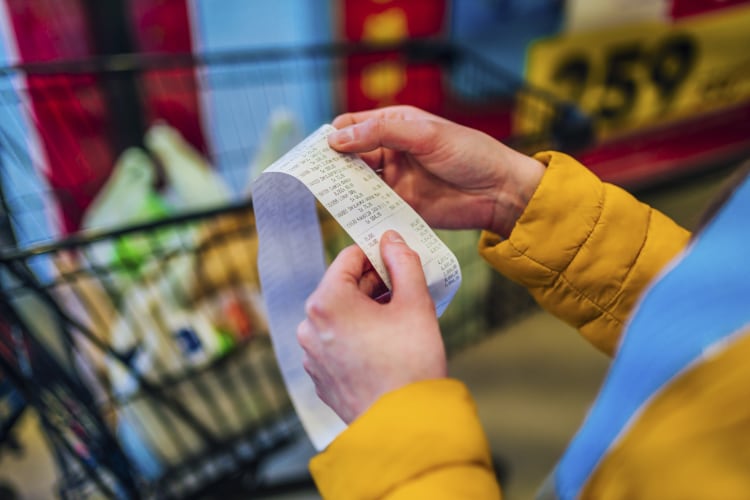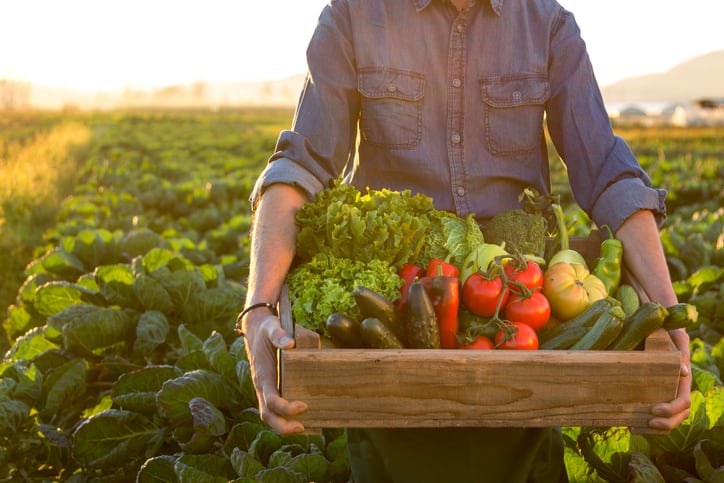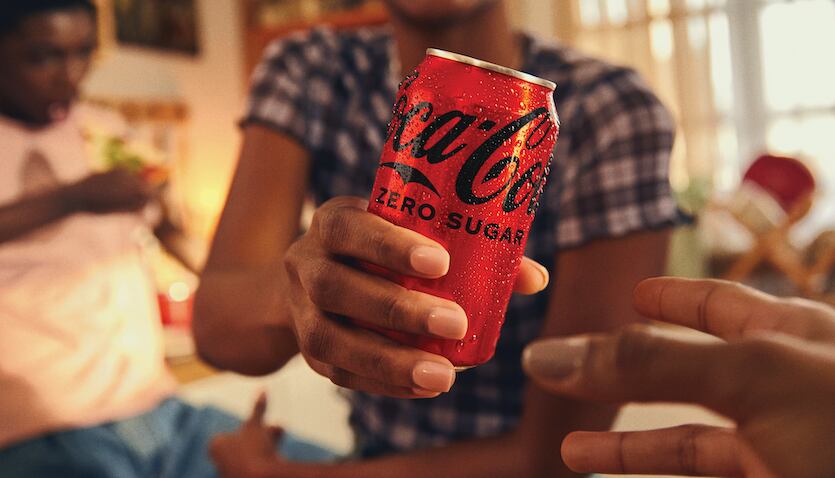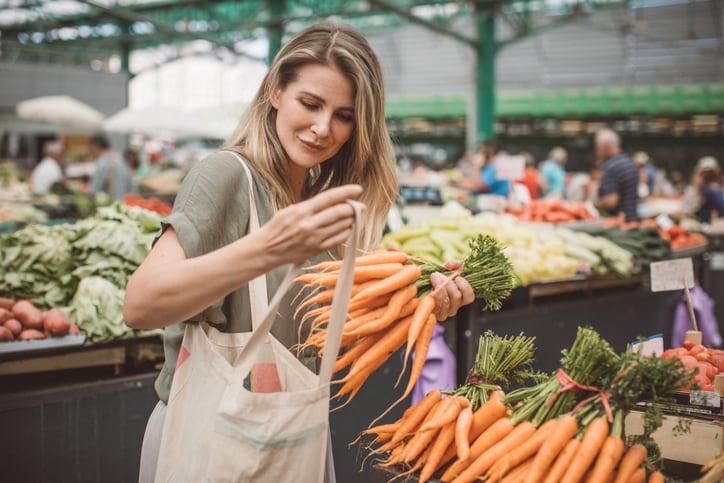In recent months, tensions have mounted between CPG brands and their retail customers over how far and fast to hike prices. Record levels of food inflation across the region – up 13.1% in the eurozone for October, according to Eurostat – suggest that food makers have been largely successful in winning pricing concessions that reflect the inflationary pressure they are feeling.
However, a grim economic outlook is likely to make this picture more challenging. A number of multinational CPG companies have spoken of deteriorating sentiment in Western European markets.
Most recently, the issue was flagged by confectionery giant Mondelez International when it booked 5.2% third quarter organic sales growth in Europe, with a 9.8% increase in pricing partially offset by -4.6% volume/mix impact. Commenting on the result, CEO and chairman Dirk Van de Put revealed the company’s third quarter sales in the region were hit by ‘some customer disruption’ as it completed its second round of pricing in Europe this year and gears up for a fresh wave of negotiation going into 2023. “We will see some volatility in Q1 in Europe as we implement [further] pricing,” the chief executive predicted yesterday.
Brands not seeing trade down… yet
Nevertheless, Van de Put said, the combination of Mondelez’s brands and categories are holding up relatively well and the company is optimistic it will be able to continue to price for inflation. “We see more and more signs that consumers continue to see or increasingly see our categories as an affordable indulgence. We see consumers saying that chocolate is really something they cannot live without. And so we believe that the spending decrease that we will see from consumers eventually, as inflation keeps hitting them, is going to be probably more in the big ticket items. Grocery seems to be doing overall pretty well,” he noted.

Swiss food giant Nestlé has witnessed similar dynamics across European markets – but the KitKat-to-Nescafé maker is somewhat less upbeat about what deteriorating conditions and ongoing inflationary pressures will mean for grocery categories.
In its recent tracing update, Nestlé saw ‘resilient’ real internal growth (a measure that strips out pricing) of 1.5% in Europe. CFO François-Xavier Roger explained the company pushed pricing through ‘a little bit north of 5%’ – around half the level it secured in the US. “It's going to take a little bit more time in Western Europe to implement pricing. This is part of our responsible pricing [commitment] as well, to spread it over time so that consumer can absorb it,” the finance chief explained.
Like Mondelez, to date, Nestlé says it hasn’t seen consumers swapping its branded products out for cheaper alternatives. “We have not really seen clear evidence of down-trading in Europe,” Roger noted. However, he stressed, share pressure is a clear and present risk as the market continues to be squeezed by factors like rising energy prices. “Trading down we do expect though in Europe. We are concerned by the outlook in Western Europe… The energy crisis that is coming is essentially a European one that will hit consumer purchasing power.”
Retailer-supplier tension mounts
As well as giving the consumer time to adjust, Roger said Nestlé’s ‘very staged approach’ to price increases so far this year has allowed it to minimise the risk that European retailers will simply stop stocking Nestlé products. “We did not go for big amounts in one go but spread it over time. I think it has proven to be fairly efficient."
But while Nestlé says it has managed to side-step the risk of delisting for the time being, tensions over pricing between retailers and their suppliers are increasingly evident on European shelves. This summer, in the UK, Mars stopped supplying its pet food brands to supermarket Tesco until an agreement could be reached on prices. Last month in Germany the chocolate-to-pet food giant suspended supplies to Rewe and Edeka in a move that covered its entire range of 300 products, from M&Ms and Ben’s Original to Whiskas. A dispute between Edeka and The Coca Cola Co. even made its way to the Hamburg Regional Court, where it was found the retailer couldn’t demonstrate the prices charged by Coca-Cola were the result of the beverage giant’s dominant market position. Rewe, meanwhile, has been caught up in a similar stand-off with US cereal maker Kellogg’s that, according to German media, was asking for a price increase of almost 30% for its breakfast cereal brands.
“The air is getting thinner,” warned Rewe Group CFO Telerik Schischmanow. “The food retail market is under pressure. There are gaps between producer and consumer price inflation that we as retailers are absorbing – and have to absorb... Many people have already run out of financial wiggle room, and it’s therefore foolish to believe that we can pass cost increases on to the customer in their entirety.”
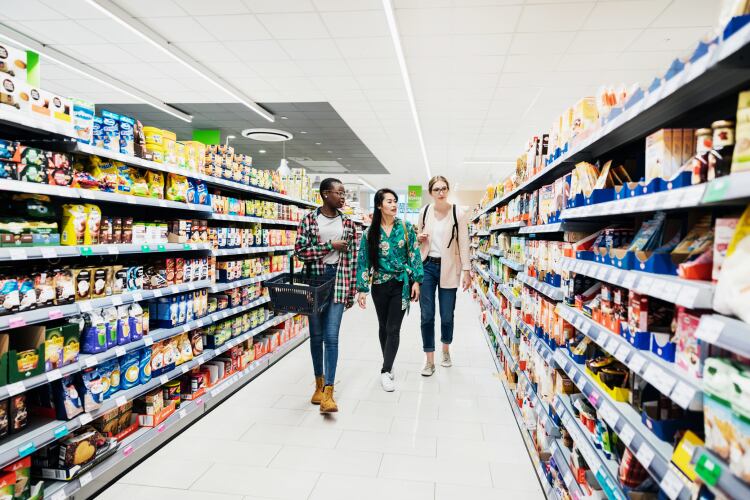
Even as retailers like Rewe insist they are shouldering their share of the burden, it is becoming clear that price elasticity will only stretch so far: retailers are more opposed to raising prices, reflecting the significant risk that consumers will vote with their feet and swap to more affordable products and channels. “De-listings have become more commonplace across European retailers,” Barclays analyst Warren Ackerman observed.
Ackerman pointed to the recent third-quarter performance of Danone as case in point. In its financial update, released last week, Danone revealed European pricing was up 8% while volume-mix in the region dipped 2%, with ‘sales and volumes impacted by portfolio choices and temporary delivery suspensions in some countries such as Germany and Belgium’. In what CEO Antoine de Saint-Affrique conceded was a ‘challenging environment’ the Aptimal-to-Activia maker said it implemented pricing action in ‘a responsible and disciplined manner’.
Akerman doesn’t think the trading environment is going to get easier any time soon. “It’s clear that, as elevated pricing levels carry through into the first half of 2023, retailer negotiations will become tougher. Beyond de-listings pretty much every sub-sector within consumer staples saw companies flag tougher conditions in Europe,” he noted. “Volume/mix elasticity is beginning to show with low- to mid-single-digit volume declines.”
Barclays doesn’t expect pricing to peak until into next year. But this has some significant implications for volumes and margins in the packaged food space, particularly given the weak consumer sentiment and constrained economic outlook in Europe. “The biggest question-marks continue to be whether we are on the precipice of the consumer cracking from higher pricing. We think the answer is no, but we are expecting elasticities to worsen from current levels.”

